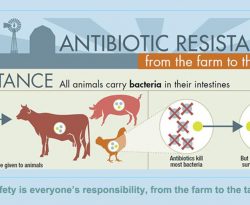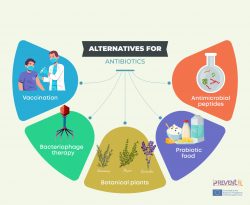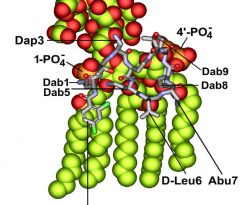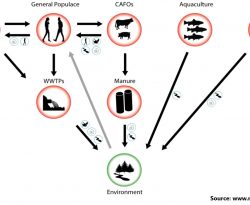Impact of Antibiotics on Off-Target Infant Gut Microbiota and Resistance Genes in Cohort Studies
nfants and young children are exposed to the most antibiotics of any age group, with an estimated 30–40% of children receiving at least one course of antibiotics during their first year of life. Although the majority of these antibiotics are used to treat acute respiratory tract infections, an unintended consequence…













